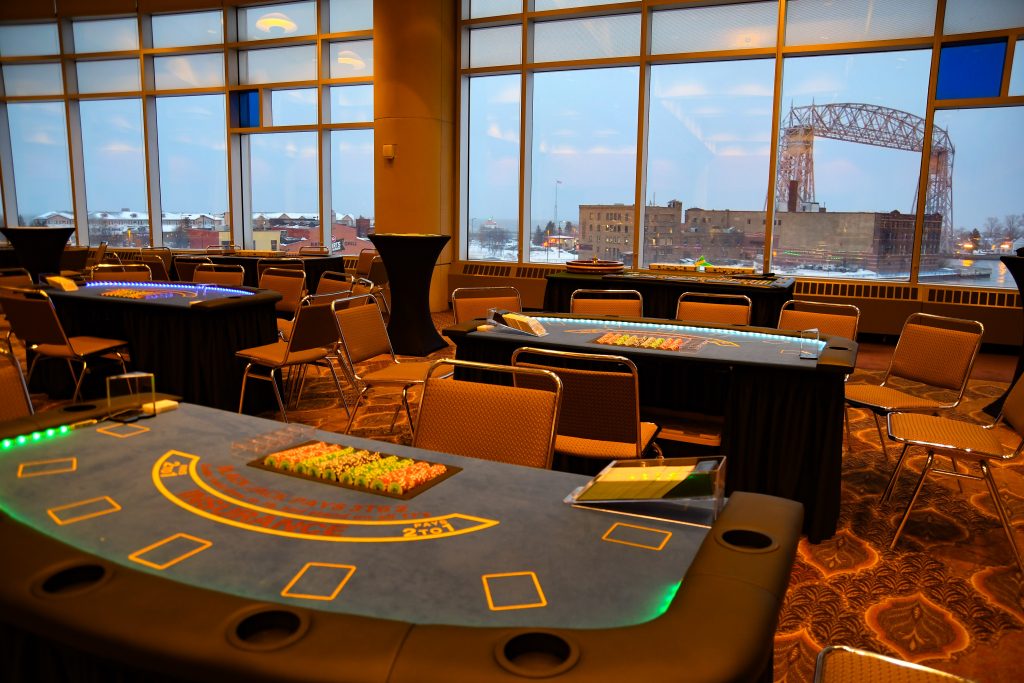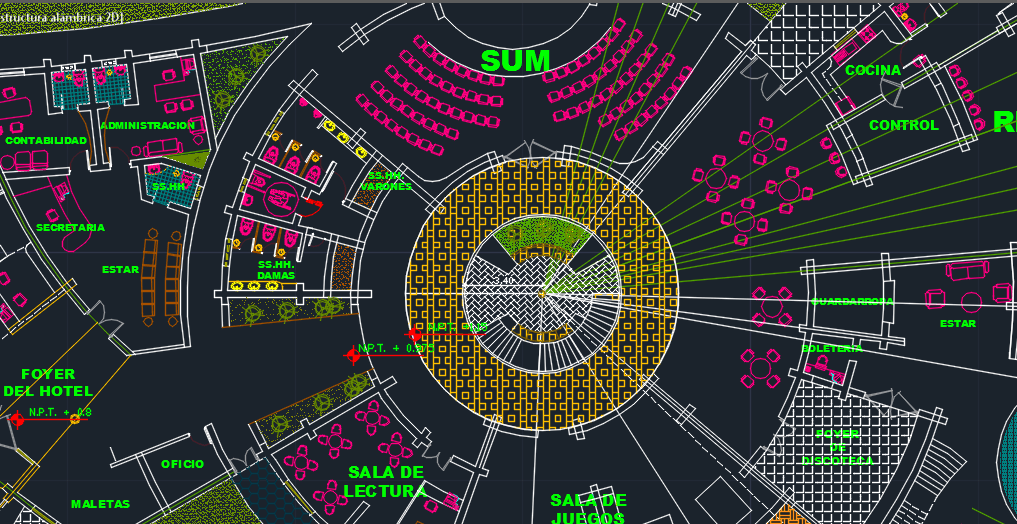Casino Planning And Design
Situation Over time this casino had avoided the impact of an aging gaming system using “work arounds” and doing without customer and staff features that were desperately needed. Their feature and function set was dated and lagged far behind the competition. The screens lacked maneuverability and data was difficult to access for analysis. Casino design references the 19th Century Oil Rush. The site in Ramona, Okla., was the first commercial oil well drilled in what would become Oklahom. The resort would be built in multiple stages over several years, with the first phase scheduled for completion sometime 2017. Drumroll drawings. Tricked-out trucks. Pulling off a successful casino promotion is harder than it may seem. Here are 15 tips, tricks, and ideas to get you there, without breaking the bank. (Unless, of course, Break the Bank is your promotion of choice.) 1. Start with planning. Let’s start with the elephant in the room.
Casino Design And Construction
Situation
Over time this casino had avoided the impact of an aging gaming system using “work arounds” and doing without customer and staff features that were desperately needed. Their feature and function set was dated and lagged far behind the competition. The screens lacked maneuverability and data was difficult to access for analysis. The User Interface at the slot machine was limited in both presentation and performance. In addition, interfaces for Hotel, POS and kiosks offered basic interaction but were limited by archaic communication protocols in the gaming system. Finally, the user community had developed work-arounds and manual procedures to augment the limitations of the casino system. Some work-arounds involved custom programming, while others involved external query tools and report writers; all had limitations and required time and money to compile and report required information.
The casino realized it was time to consider replacing the Casino Management and Slot Systems to provide a competitive edge and position the property for long-term viability. While this would require considerable time and money, not replacing the casino system was costing far more in lost revenue, competitive disadvantage, and customer loyalty.
Their concern was managing the massive effort involved in selecting and installing a new casino management system. Internal resources had limited availability and lacked the experience to handle a new gaming system implementation project. System vendors provided narrow installation services, focusing on the tasks required to get their system installed but not on the implementation in the casino’s day-to-day business.
They needed a partner that had experience with large system installations, that understood front-of-house and back-of-house operations, and that embraced and promoted the needs and vision of the property and the users. They realized that WhiteSand had this experience and knowledge and selected our firm to augment their staff.

Casino Planning And Designs

Approach
WhiteSand’s objective of large system implementations is two-fold: a successful implementation that is on time and on budget, and, adapting the system to fit the day-to-day business model of the property.
WhiteSand works with users, system vendors, regulators, interface companies and uses industry best practices to deliver a casino and slot system that enhances the customer experience and employee effectiveness.
WhiteSand provided coordination and project management to ensure the project scope was defined and the communication vehicles were in place. WhiteSand conducted an assessment of the business and operational landscape, and then created a road map of how the property currently does business. Through a series of vendor presentations, WhiteSand documented and diagramed how each new system feature will support the business and position them for future opportunities. Key assessment tasks included:

- Conducting business user interviews
- Reviews of legacy functionality
- Documenting business requirements
- Coordination of vendor activities
- Applying industry best practices
- Using a formal project management methodology
Casino Planning And Design Ideas
WhiteSand provided effective project management to promote interaction and collaboration between the IT department, regulators, operational departments, and vendors during the system implementation. WhiteSand worked to analyze the current data relationships and develop rules for legacy conversion and data validation. WhiteSand worked to complement and mentor the IT team by providing knowledge transfer while at the same time enabling the IT department to focus on other tasks and activities.
WhiteSand utilized our comprehensive user and system readiness models for this engagement. User readiness introduced theT3 training methodology which utilized an iterative user participation model focusing on super-user training, UAT training and staff training. Our system readiness model concentrates on the T5 testing methodology that incorporates five key testing areas: Functional, Data Validation, Integration, Alternative and Regression, thus ensuring both users and systems are ready for the “live” environment.
Casino Planning And Design Concepts

Results
Casino Layout Design
The implementation was successful on many levels. The users were heavily involved from the beginning of the project and played an active role in the configuration, testing, training and go-live of the system. IT staff was unencumbered by the project and received efficient education about the system, functionality and features. Executives were very pleased with the implementation because it was fast, cost-effective, and resulted in not only a new system, but a new system that all users knew how to use to their advantage. This means better casino floor management, smarter marketing, tighter control, and more efficient use of time and resources.